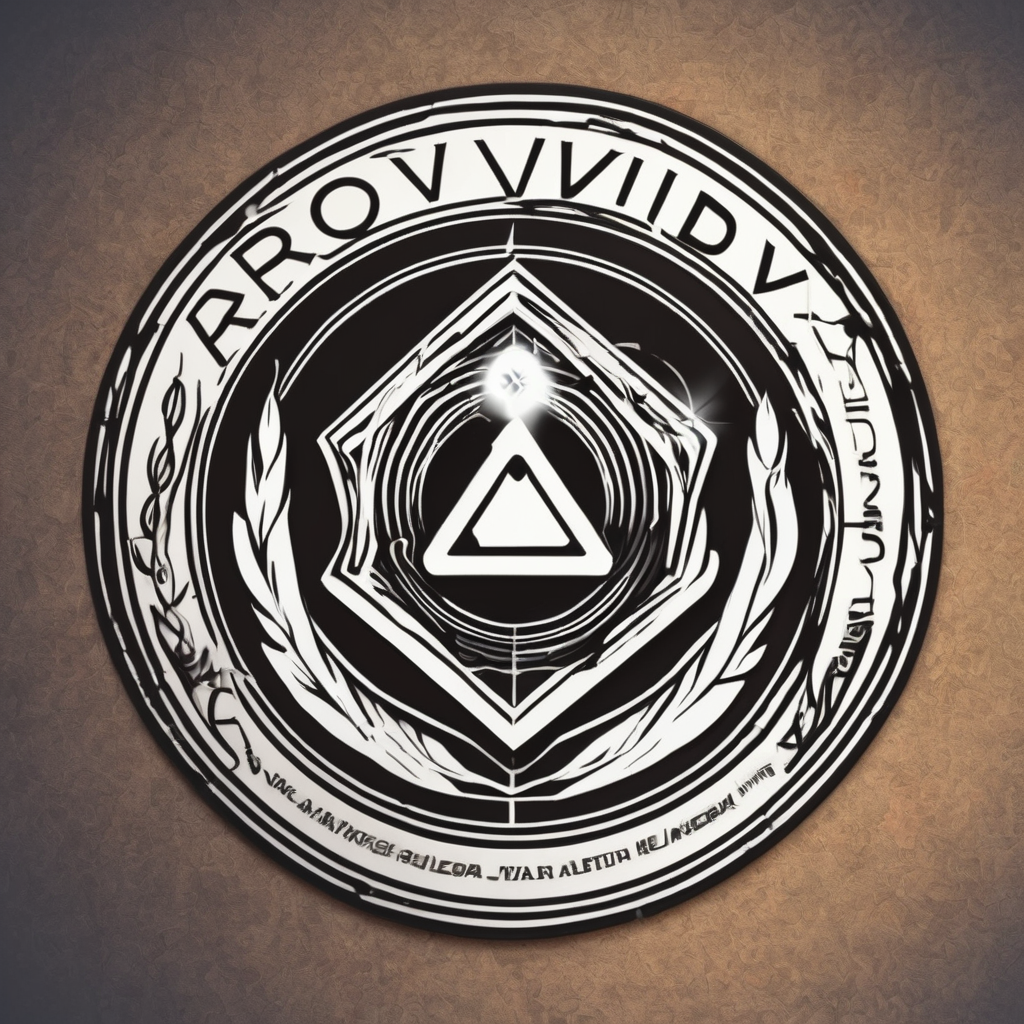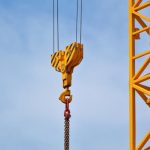Promoting business conferences in the UK requires strategic use of social media platforms, and LinkedIn stands out as an essential tool. As event planners, you must leverage its extensive network of professionals to maximize attendance and engagement. This article provides a comprehensive guide for UK event planners on using LinkedIn Events to effectively promote business conferences. By delving into specific tactics and strategies, we aim to offer insightful and actionable advice.
Understanding LinkedIn Events: A Gateway to Success
LinkedIn Events provide a unique opportunity to connect with industry professionals and target audiences effectively. As event planners, you should view LinkedIn as more than just a professional networking site; it is a powerful marketing tool that can significantly enhance the visibility of your business conferences. By creating and promoting events on LinkedIn, you can tap into an engaged audience willing to participate and share valuable content.
In the same genre : What Are the Best Practices for UK Pet Supply Brands to Create Engaging TikTok Content?
LinkedIn Events allow you to create detailed event listings with all pertinent information, including date, time, venue, and description. This information is crucial for ensuring that potential attendees have all the necessary details at their fingertips. Additionally, you can use LinkedIn’s advanced targeting options to ensure that your event reaches the right professionals within your industry.
By utilizing LinkedIn’s features, you can foster meaningful connections before the event even occurs. Join relevant groups, engage with potential attendees through comments, and share pre-event content that sparks interest. These actions help in building anticipation and ensuring that your event stands out amidst a sea of business conferences.
In parallel : Prepress checklist: essential steps for preparing print files
Crafting Compelling Event Content: Capturing Attention and Interest
Creating compelling content is key to attracting attendees to your LinkedIn event. The content you share should be insightful, informative, and engaging. Begin by crafting an impactful event description that clearly outlines the purpose, benefits, and unique aspects of your conference. Use a professional yet conversational tone to make your description relatable and easy to understand.
Highlight what attendees will gain from the event. This could include networking opportunities, learning from industry experts, or gaining insights into the latest industry trends. Emphasize the value proposition to draw the audience in. Complement your description with high-quality visuals, such as event banners and speaker photos, to create a visually appealing listing.
Regularly post updates leading up to the event. Share behind-the-scenes content, speaker announcements, and snippets of what attendees can expect. Encourage your speakers and partners to share these posts within their networks, amplifying your reach. Engaging content that resonates with your audience will not only capture their interest but also encourage them to share the event within their own networks.
Leveraging Attendee Engagement: Building Community and Anticipation
Engagement is crucial for the success of any event. Once you’ve attracted potential attendees, it’s time to build a community around your conference. LinkedIn offers several tools that can help you engage with your audience and foster a sense of community.
Create a dedicated event page where attendees can post questions, engage in discussions, and connect with one another. Regularly monitor this page and actively participate in the conversations. This will not only keep the excitement alive but also show that you are responsive and invested in your attendees’ experience.
You can also run polls and ask questions to gauge the interests and expectations of your attendees. This feedback can be invaluable for tailoring your event to better meet their needs. Additionally, hosting live sessions or webinars leading up to the main event can keep the audience engaged and provide a platform for further interaction.
Encourage attendees to share their excitement about the event on their own LinkedIn profiles. Provide them with branded hashtags and prompts to make it easy for them to post about the event. This user-generated content serves as authentic promotion and can significantly extend your event’s reach.
Post-Event Strategies: Maintaining Momentum and Building Relationships
The conclusion of your business conference is not the end of your engagement with attendees. Post-event strategies are essential for maintaining momentum and building lasting relationships. LinkedIn provides several avenues for continuing the conversation and leveraging the success of your event.
Start by posting a detailed post-event report on your LinkedIn event page. Highlight key moments, share photos and videos, and summarize key takeaways. This not only celebrates the success of the event but also provides valuable content for those who may have missed it. Encourage attendees to share their own experiences and insights from the event.
Follow up with attendees by sending personalized messages thanking them for their participation and inviting them to connect with you on LinkedIn. This personal touch can help strengthen relationships and keep your audience engaged with your brand. Additionally, consider creating and sharing a post-event survey to gather feedback and identify areas for improvement.
Leverage the connections and insights gained from the event to plan future engagements. Share updates about upcoming events, webinars, or relevant industry news to keep your network informed and engaged. By maintaining an active presence and continuing to provide valuable content, you can build a loyal community of professionals who look forward to your future events.
Insights and Analytics: Measuring Success and Driving Improvement
Understanding the impact of your efforts is crucial for continuous improvement. LinkedIn provides various analytics tools that can help you measure the success of your event promotion and engagement strategies.
Analyze the data from your LinkedIn event page to understand key metrics such as the number of attendees, engagement levels, and the reach of your posts. Pay attention to which content resonated most with your audience and which strategies led to higher engagement. This insight can help you refine your approach for future events.
Consider the qualitative feedback you received from attendees as well. Comments, messages, and survey responses can provide valuable insights into what worked well and what areas need improvement. Use this feedback to make data-driven decisions and enhance your future event planning and promotion strategies.
Additionally, compare your LinkedIn event performance with other marketing channels you used. This can help you understand LinkedIn’s role in your overall marketing strategy and identify opportunities for better integration and optimization.
In conclusion, LinkedIn is an indispensable tool for UK event planners looking to promote business conferences effectively. By understanding and leveraging LinkedIn Events, crafting compelling content, engaging with attendees, implementing post-event strategies, and analyzing insights, you can maximize the success of your conferences and build lasting relationships within your industry.
LinkedIn’s professional network provides a unique platform to reach and engage with your target audience. By using the strategies outlined in this article, you can create impactful event campaigns that not only attract attendees but also foster a sense of community and drive long-term engagement.
Remember, successful event promotion on LinkedIn requires a strategic approach. By consistently providing valuable content, engaging with your audience, and leveraging insights, you can ensure that your business conferences stand out and achieve your desired outcomes.











